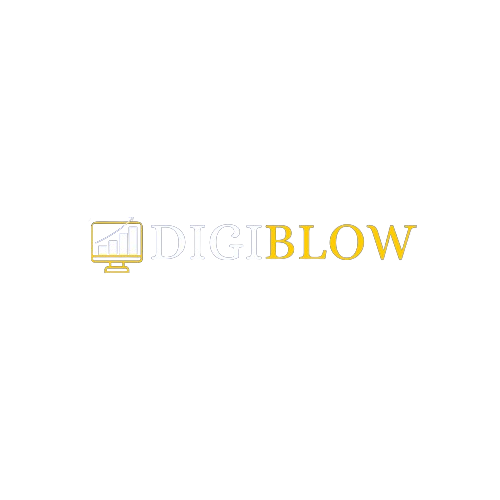Facebook is one of the largest social media platforms globally, offering a diverse range of features for businesses to connect with their audience. It’s a versatile platform for building brand awareness, generating leads, and driving sales.
Key Features
- News Feed: The main timeline where users see posts from the pages they follow.
- Groups: Communities centered around specific interests or topics.
- Pages: Business profiles for creating content and interacting with customers.
- Ads: Paid advertising options to target specific audiences.
- Facebook Marketplace: A platform for buying and selling products.
Creating a Successful Facebook Strategy
- Define Your Goals:
- Brand Awareness: Increase visibility and recognition.
- Engagement: Foster connections with your audience.
- Lead Generation: Attract potential customers.
- Sales: Drive product or service sales.
- Know Your Audience:
- Demographics: Understand your target audience’s age, gender, interests, and location.
- Engagement Habits: Analyze how your audience interacts with Facebook content.
- Optimize Your Page:
- Profile Picture: Use a recognizable and professional profile picture.
- Cover Photo: Choose a visually appealing cover photo that represents your brand.
- About Section: Fill out your About section with relevant information about your business.
- Call to Action: Add a clear call to action (CTA) to encourage visitors to take specific actions (e.g., “Shop Now,” “Learn More”).
- Create Engaging Content:
- Variety: Experiment with different content formats (e.g., posts, videos, carousels, Stories).
- Value: Provide valuable content that interests your audience.
- Consistency: Maintain a consistent posting schedule and brand voice.
- Visuals: Use high-quality images and videos.
- Utilize Facebook Ads:
- Target Audience: Create targeted ads to reach specific demographics and interests.
- Ad Formats: Experiment with different ad formats (e.g., image ads, video ads, carousel ads).
- Ad Objectives: Choose the appropriate ad objective based on your goals (e.g., brand awareness, reach, conversions).
- A/B Testing: Test different ad variations to optimize performance.
- Engage with Your Audience:
- Respond to Comments: Interact with your followers by responding to comments and messages.
- Ask Questions: Encourage engagement by asking open-ended questions.
- Run Contests and Giveaways: Offer incentives to attract new followers and encourage participation.
- Join and Participate in Groups:
- Relevant Groups: Join groups related to your industry or niche.
- Share Valuable Content: Contribute to discussions and share your expertise.
- Analyze Your Performance:
- Facebook Insights: Use Facebook’s built-in analytics to track your performance.
- Key Metrics: Monitor engagement (likes, comments, shares), reach, clicks, and conversions.
- A/B Testing: Experiment with different content and strategies to optimize your results.
